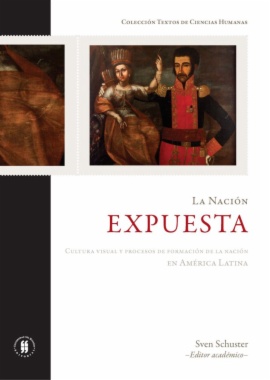
Estás filtrando por
Se encontraron 2231 resultados en recursos

Compartir este contenido
La nación expuesta : Cultura visual y procesos de formación de la nación en América Latina
Copia el enlace o compártelo en redes sociales
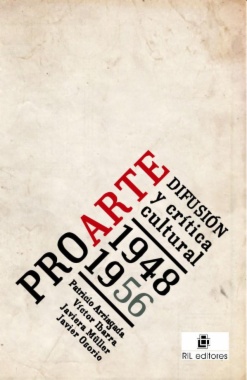
Pro Arte : Difusión y crítica cultural 1948-1956
Compartir este contenido
Pro Arte : Difusión y crítica cultural 1948-1956
Copia el enlace o compártelo en redes sociales
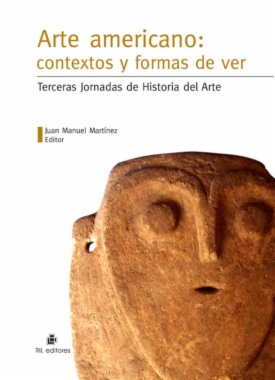
Arte americano: contextos y formas de ver
Compartir este contenido
Arte americano: contextos y formas de ver
Copia el enlace o compártelo en redes sociales
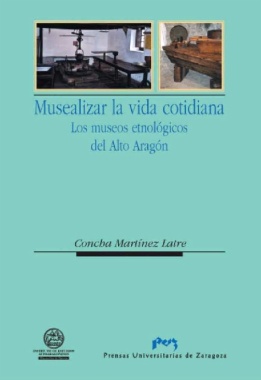
Musealizar la vida cotidiana : los museos etnológicos del Alto Aragón
Compartir este contenido
Musealizar la vida cotidiana : los museos etnológicos del Alto Aragón
Copia el enlace o compártelo en redes sociales
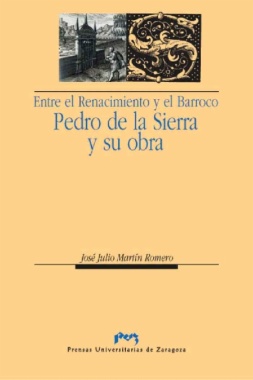
Entre el Renacimiento y el Barroco : Pedro de la Sierra y su obra
Compartir este contenido
Entre el Renacimiento y el Barroco : Pedro de la Sierra y su obra
Copia el enlace o compártelo en redes sociales
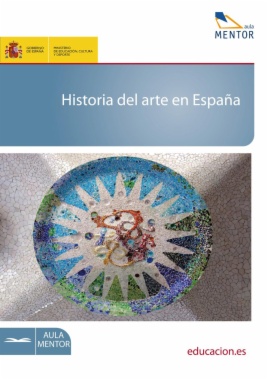
Historia del arte en España
Compartir este contenido
Historia del arte en España
Copia el enlace o compártelo en redes sociales
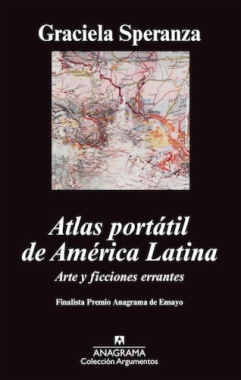
Atlas portátil de América Latina
Compartir este contenido
Atlas portátil de América Latina
Copia el enlace o compártelo en redes sociales
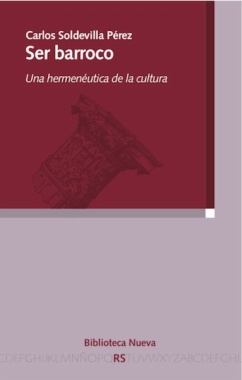
Ser barroco
Compartir este contenido
Ser barroco
Copia el enlace o compártelo en redes sociales
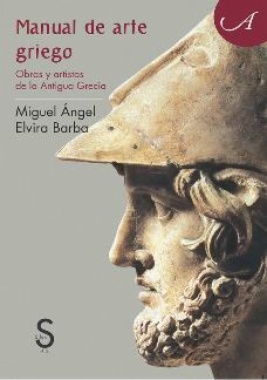
Manual de arte griego
Compartir este contenido
Manual de arte griego
Copia el enlace o compártelo en redes sociales
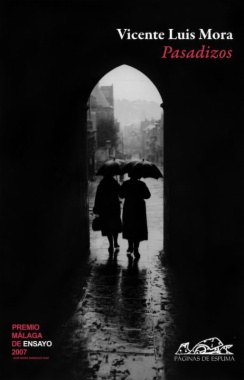
Pasadizos
Compartir este contenido
Pasadizos
Copia el enlace o compártelo en redes sociales
Selecciona las Colecciones en las que vas a añadir el contenido
Para consultar los contenidos añadidos busca la opción Tus colecciones en el menú principal o en Mi perfil.
